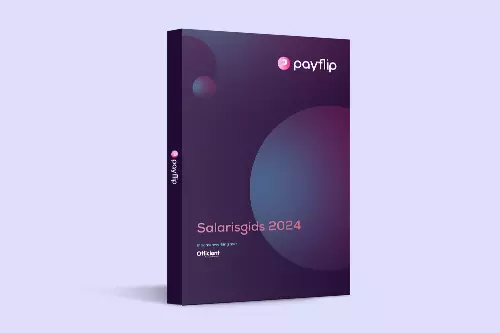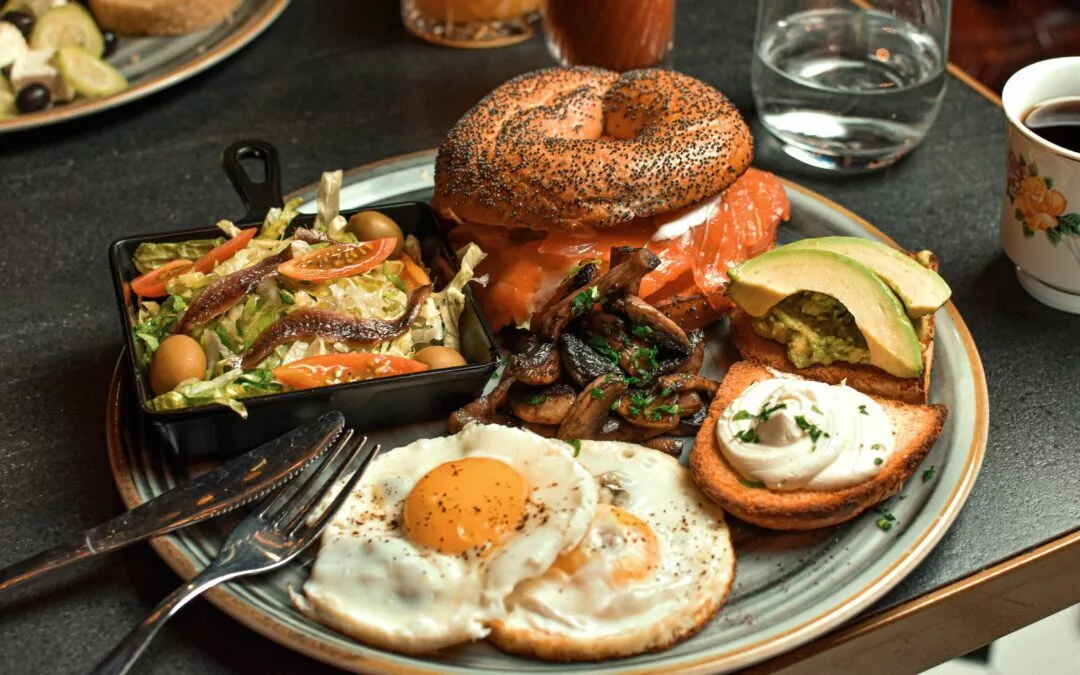The concept 'cafeteria plan' is much appreciated by Belgian employees. Last year, De Tijd newspaper reported that the number of employees who use a cafeteria plan to make their salary more flexible has increased by half in one year. But what does this mean, such a wage package à la carte?
First things first: what is a cafeteria plan?
According to the principle of self-service in a cafeteria, employees can put together their own salary package based on a plan drawn up by the employer. Within the framework of such a cafeteria plan, employees are given the concrete possibility of exchanging parts of their 'traditional salary' (percentage of gross monthly salary, bonus, end-of-year bonus, etc.) for another benefit that is more satisfying.
Why a cafeteria plan?
The introduction of a cafeteria plan leads to a win-win situation for employer and employees.
On the one hand, the employee's freedom of choice is central. Employees are encouraged (but not obliged!) to choose the benefits that best suit their personal circumstances (within the range offered by the employer). In addition, employees can also choose benefits with a tax advantage.
On the other hand, the introduction of a cafeteria plan is the final element of a modern wage policy for the employer. After all, the employer profiles himself as a committed and interesting party who is attentive to the personal needs of his employees. And by responding to those individual needs, one can expect the commitment and motivation of the employee to increase! It should therefore come as no surprise that in times of the 'war for talent' this employer branding can make the difference.
In addition, the set-up of a cafeteria plan is a cost-neutral operation for the employer. After all, the budget in the cafeteria plan is a conversion of 'traditional salary' that the employer had to pay anyway (in cash).
In short: more value for the same money!

How does a cafeteria plan work in practice?
Setting up a cafeteria plan always consists of two parts:
- Creating a budget that is 'loaded' into the cafeteria plan by the employer
- Spending this budget by the employee
Creating a budget
In order to create a budget for the cafeteria plan, the employer and the employee(s) agree to exchange part of the 'classic salary package' for other benefits that the employer makes available within the framework of the plan.
How can you create a budget? The possibilities are, as briefly mentioned above, quite wide in practice: a percentage of the monthly gross salary, end-of-year bonus (the so-called 'thirteenth month'), extra-legal holidays, company car or a cash bonus.
As an SME, you should keep it simple: choose 1 or maximum 2 of the salary components described above that the employee can spend as part of the cafeteria plan. This will make the roll-out of the cafeteria plan much simpler (see below).
Spending the budget
An employer can make a whole range of benefits available in the cafeteria plan from which employees can choose. The employee's freedom of choice is always central, even when deciding whether or not to join the cafeteria plan.
Some of the offerings:
- Mobility (e.g. company bicycle, international fuel cards, public transport season tickets);
- Supplementary social security (e.g. individual pension savings, family hospitalisation insurance);
- Electronics (e.g. smartphone, tablet, laptop);
- Work-life benefits (e.g. extra-legal holidays, odd jobs).
- Warrants.
Again, as an SME, keep it simple. Ask your employees themselves what their favourite benefits are and use this as a basis for compiling a 'shortlist' of benefits that prove popular in your team. No idea how to start? Download our free cafeteria plan survey for your employees here.
Regulation of cafeteria plans
In Belgium, there is no such thing as a "cafeteria plan legislation" or even a legal definition of the term "cafeteria plan". This means that, for each benefit chosen, the 'normal' tax, labour and social security treatment must be applied.
However, what should you definitely do when setting up a cafeteria plan? Communicate the introduction in writing to the employees in the form of a 'manual' that sets out the rules and modalities of the plan. Among other things, it must always be clear to them what the consequences of a certain choice of benefit are for their wallet. In addition, the individual choice(s) of the employees must be recorded in an appendix to the individual employment contract.
As an SME, it is best to use a tool of your social secretariat or Payflip to let your employees make their choices and draw up the necessary legal documents.
If you have any questions about the cafeteria plan, you can always ask me at filip@payflip.be. Are you curious about the services of Payflip regarding the cafeteria plan? Read more here.





